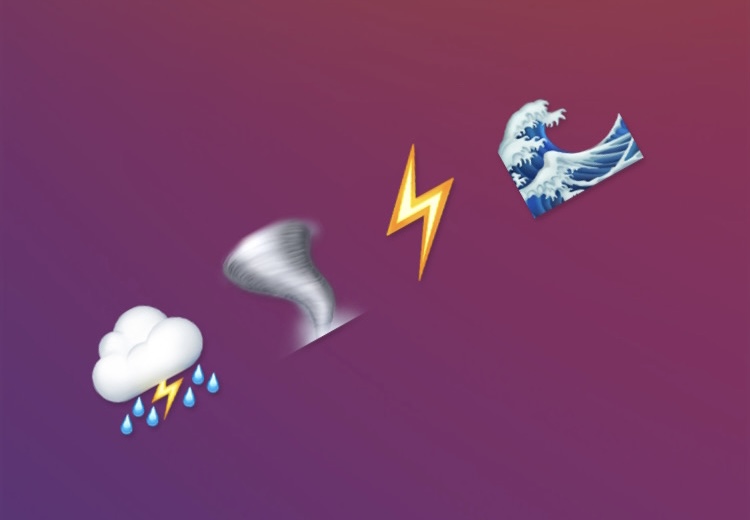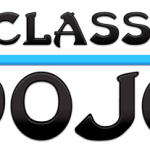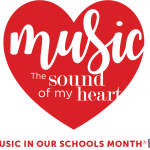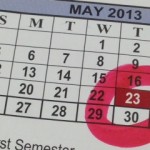Tropical Storm ‘Tuition’ may be about to clear up. And for many, that’s a relief, a sign of a better future, the dawn of a new day in education. The support for free tuition has increased in popularity over the past few years — moving from 58% overall support in 2019, according to a Hill-HarrisX poll, to 72% according to a People Science Business (PSB) Poll in 2021. There are some places where community colleges are already free, and even more examples of free for people who can demonstrate financial need. There’s buzz of federal action to go beyond community colleges and into universities as well.
However, while many may be busy rejoicing in the rainbows and sunshine after the storm, there’s a new storm forming beyond the horizon. It’s a deadly type of storm that won’t give much warning; after blinking, the eye of the storm will be here and the classrooms will be changed — some won’t even understand what hit them. Don’t wait until it’s too late to secure your classrooms and plan for the hurricanes, the time to act is now.
This storm may not affect all teachers, but for some, it will resemble a paradigm shift that they may or may not want to embrace — I think, regardless of the Tuition forecast, teachers need to embrace the change…
Exactly what is this ominous disaster approaching? It’s the immeasurable amount of students who operate solely to seek scholarship and admission marks. Its the students who skate by on a 79.5% in hopes of getting a free-ride to school that present the change.
How many of your students operate in a transactional manner with you: “How many points is that worth?” “Is this being graded?” “Will you accept late work?” “Is there extra credit?” How many students balance their gradebook like we used to balance checkbooks? (Right, all teachers are old enough to have once had a check book. Right…?) They budget; they make decisions on study time and homework projects based against the economics of extracurriculars, social commitments, family time, and other demanding classes.
So if the promise of a community college remains absolute — Maricopa Community College only mandates a high school diploma for admission (in fact, there’s options for people that never finished high school)– and if universities become free… What, exactly, will motivate these students?
Is your classroom ready to weather a storm where a majority of college-bound students aim for 60%? Do you have the right practices in place to combat this structural change?
In my classroom, I try to make the gradebook the afterthought. Since I, along with most teachers, work in places where grades are the status quo, where a standard A – F scale reigns, we can’t completely abolish it; however, we can make the most of our time and limit compliance and busy work.
A student-centered environment where students can engage, proclaim identity, work on puzzles, games, and debates can complete the goal of school without encumbering students with the impending doom of a percentage.
For some reason, this approach came organically for me. Another teacher is the one who pointed it out to me as she was observing my classroom my second semester ever teaching. My students were processing a poem, and I had elected to use a Kagan structure that promoted sharing. I set a timer for work, and the students got to business. The teacher asked while the students were working, “is this an honors class?” “is this being graded?” My answer to both inquires was no, and she pointed out something to the gist of “they work as if there’s a lot at stake. This is more engagement than I’ve seen in a sophomore class ever.”
I wondered about this for a while. At first, I thought she was flattering me and paying me a hyperbolic compliment. But the more I talked to students about their experience in other classes, I found truth in her claim.
I can’t say for certain what motivated me in my first year to build a classroom around engagement and community rather than percentages and tests, but regularly treating our day-to-day as a safe place to learn, rather than a scoreboard where students can lose points constantly just felt right.
If gradebooks disappeared tomorrow, it wouldn’t affect my daily experiences much — it would save me time and probably eliminate several harshly toned emails from students (and parents), but the learning would stay the same.
I talked about my student-centered classroom on a 2020 episode of Arizona K-12’s 3 P’s in a Pod podcast, and will be talking more about it at this year’s Teacher Leadership Institute this June (Registration is free & it’s online this year!).
Are you ready for a storm — a paradigm shift — in your classroom? What advice do you have for others wanting to devalue the stress of a percentage or letter grade in their classroom? Let us know in the comments below!
If Tropical Storm Tuition dries up, are we ready for the dawn of the new day, are we ready to weather the aftershocks?










Comments 3
I have lots of thoughts on this The act of ranking students has troubled me for a long time and I am thankful to see many schools doing away with it. How do we then also do away with grades that represent so many different things…is an 80% really the same as an 89.4%? I have watched grading lead kids to choose classes that were not challenging for them but did get them a scholarship. And I don’t know if I can blame them. I lived that with my own children and know what it means in actual dollars. My daughter who is now in physical therapy school chose a school because they didn’t grade. Instead, they give specific feedback along the way and have a warning system if you are not keeping up with what you need to be doing. I guess it this is good for graduate students, it can be good enough for all students.
If this past year has taught me anything it’s that we need to change the way grades are awarded. I have watched more students aim for compliance rather than learning, which is disheartening. I want to focus more on the joy of learning, not the completion of homework, and this requires structural change.
I love that compare the kids’ grades to checkbooks! I teach honors students who are very motivated by grades and grades alone. I’ve tried to instill the “learning” vs the “earning” in my classroom, but it’s often difficult when kids look at activities and assignments as points rather than brain power. I love that you have been able to bridge this gap and move towards a community of learners vs a community of earners.